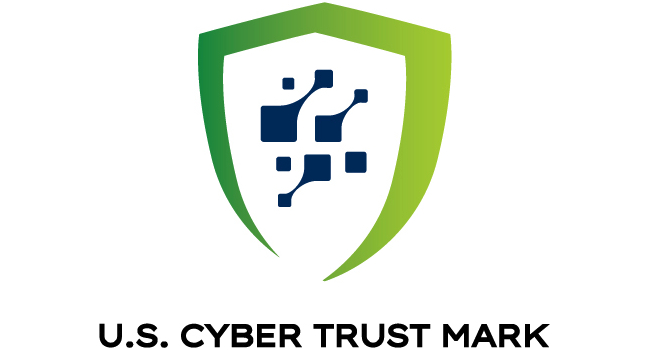
U.S. Cyber Trust Mark Launches for Consumer Internet-Connected Devices
The White House recently announced the launch of a cybersecurity label for internet-connected devices, known as the U.S. Cyber Trust Mark, completing public notice and input over the last 18 months. During that time, FCC Commissioners decided in a bipartisan and unanimous vote to authorize the program and adopt final rules, as well as the trademarked, distinct shield logo that will be applied to products certified for the U.S. Cyber Trust Mark label. In December 2024, the FCC announced the conditional approval of 11 companies as Cybersecurity Label Administrators and the conditional selection of UL Solutions as the Lead Administrator.
Americans have many “smart” wireless interconnected devices in their homes, from baby monitors to home security cameras to voice-activated assistants. These devices are part of Americans’ daily lives. But Americans are worried about the rise of criminals remotely hacking into home security systems to unlock doors, or malicious attackers tapping into insecure home cameras to illicitly record conversations.
The White House launched this bipartisan effort to educate American consumers and give them an easy way to assess the cybersecurity of such products, as well as incentivize companies to produce more cybersecure devise, much as EnergyStar labels did for energy efficiency. Major electronics, appliance, and consumer product manufacturers, as well as retailers and trade associations, have been working to increase cybersecurity for the products they sell.
The U.S. Cyber Trust Mark program allows them to test products against established cybersecurity criteria from the U.S. National Institute of Standards and Technology via compliance testing by accredited labs, and earn the Cyber Trust Mark label, providing an easy way for American consumers to see the cybersecurity of products they choose to bring into their homes.